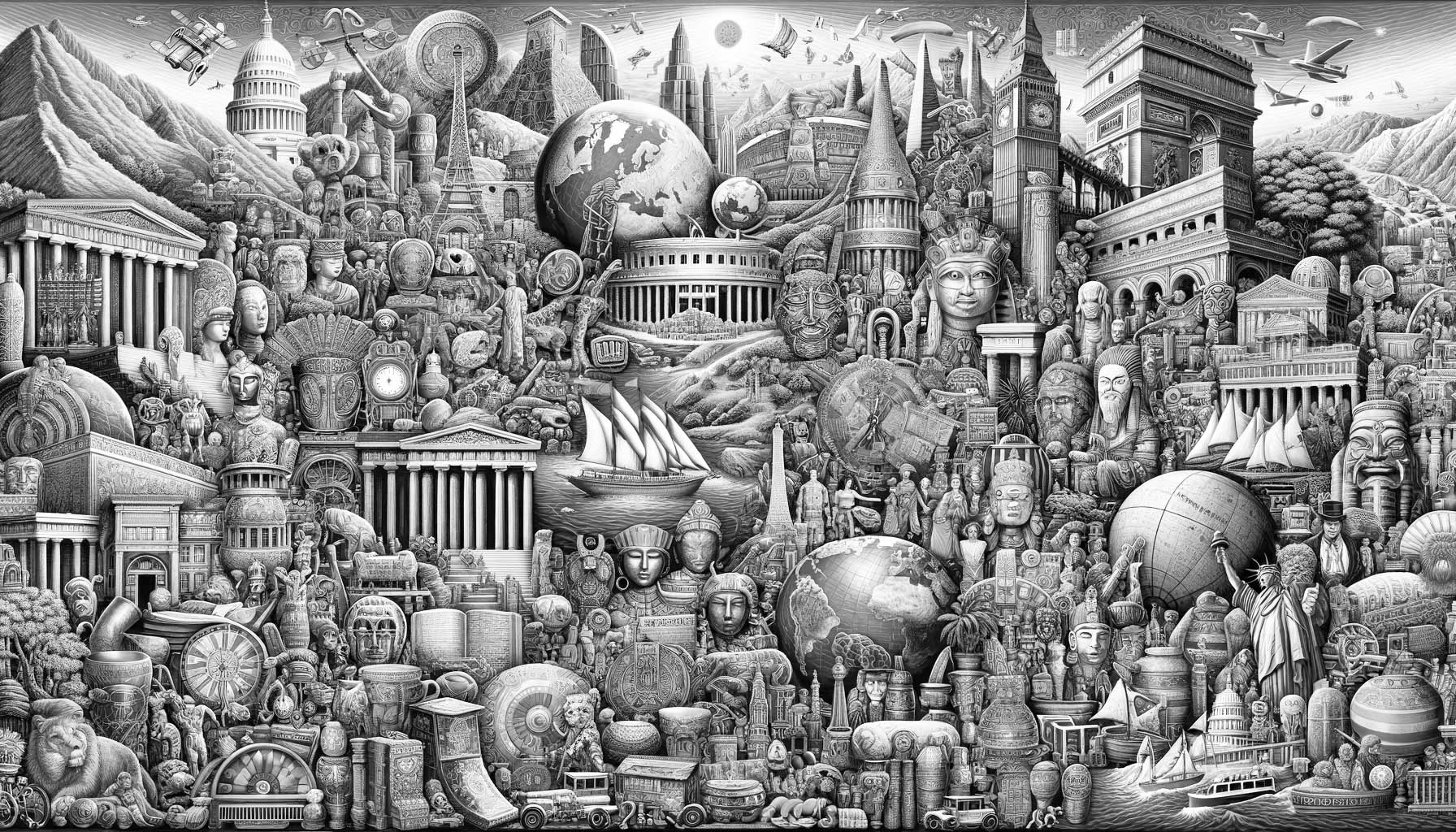Flashback to October 24
World History

On the 10th day of November 1928, an event of significant national and historical magnitude took place in the heart of the Land of the Rising Sun. Michinomiya Hirohito, later renamed Emperor Showa, was crowned the 124th Emperor of Japan, marking an auspicious day in Japanese history.
Celebrated as the inductee of the long line of Yamato dynasty, Emperor Hirohito’s coronation wasn’t just an ordinary event in Japan. Instead, it represented a milestone – a quintessential pivot in the timeline of Japan’s monarchy that transmuted the course of the nation. His reign, extending from 1926 until his demise in 1989, covered a striking period in global history inclusively encompassing the Second World War, through Japan’s remarkable post-war economic resurgence.
From the onset of the day, a display of profound Japanese culture and traditional customs was observed. Imbued with significance and symbolic nods to the ancestry, the coronation process mirrored centuries-old customs. The distinct rituals exemplified the unique blend of Japan’s monarchy and religious Shinto beliefs, further illuminating the continuity of its cultural heritage.
Intricately choreographed rituals marked the coronation of Emperor Hirohito. The new emperor pledged his oaths during a private ceremony inside the Imperial Palace. Then, donned in the heritage-driven Sokutai court dress, he proceeded to take the ‘Chrysanthemum Throne’, a regal emblem of the Japanese monarchy.
The spectacle drew an immense level of international attention, boosting Japan’s visibility on the stage of global politics. Ambassadors and dignitaries from nations around the globe poured into Tokyo, each bearing congratulations and good wishes for their newly crowned emperor.
The international media, too, couldn’t resist the allure of Emperor Hirohito’s coronation. Renowned names in the global press sphere spilled massive amounts of ink, covering every detail of the event – the vibrant traditional ceremonies, the opulent attire, and the mesmerising cultural display. Pictured in every major newspaper, this global coverage essentially amplified Japan’s cultural heritage, and indeed Japan’s standing in the world.
Emperor Hirohito, born in Tokyo on April 29, 1901, was the first son of Emperor Taishō. His reign was marked with a significant transition in the authority of the emperor. The emperor before him, under the Meiji constitution, had absolute power; however, his reign was the transitional bridge leading to the post-WWII constitution where the emperor’s role changed from being an absolute figure to becoming a symbol of unity.
Emperor Hirohito’s leadership bore witness to the seismic shifts in Japanese society. He was on the helm during a tumultuous period that saw Japan’s military aggression in East Asia culminating in the catastrophic loss of the Second World War. Yet, under his symbolic leadership, Japan also rose like a Phoenix, transforming into an economic powerhouse in the latter part of the 20th century.
History aficionados, culture enthusiasts, or anyone intrigued by emperor Hirohito’s reign would find the detailed narration of his coronation event highly engrossing. Reading about the enthronement ceremony, one indeed encounters a treasure trove of historical significance, a brilliant showcase of Japan’s regal traditions, and the steps with which Hirohito ascended to the ‘Chrysanthemum Throne’, forming a captivating tableau of Japan’s royal heritage.
As the 124th Emperor’s reign extended well into the modern era, Hirohito’s impact on Japan’s socio-cultural dimensions remains a topic of fervent exploration. The coronation of Michinomiya Hirohito not only characterises a historic event of Japan but also appears as a compelling strand in the intricate tapestry of global history.
Engulfed in the tidal wave of history, Emperor Hirohito left a profound imprint on Japan’s history, with ripple effects felt globally. His coronation event is a glittering bead in the necklace of Japanese historical milestones, shedding light on the undying perseverance of Japan and the indomitable spirit of its people. Hirohito’s rule stands as a testament to Japan’s endurance, which was tested by war, loss, rebirth, and transformation.
We strive for accuracy. If you see something that doesn't look right, click here to contact us!
Sponsored Content

The International Monetary Fund…
On October 24, 2008,…

The match is patented.
On October 24, 1836,…

In Akershus, Norway, Vidkun…
On October 24, 1945,…

A total solar eclipse…
Experience the awe-inspiring phenomenon…

Third partition of Poland,…
Experience the pivotal historical…

